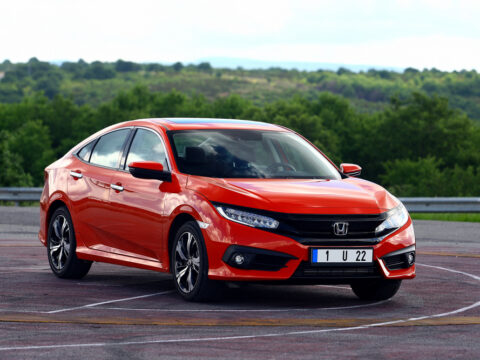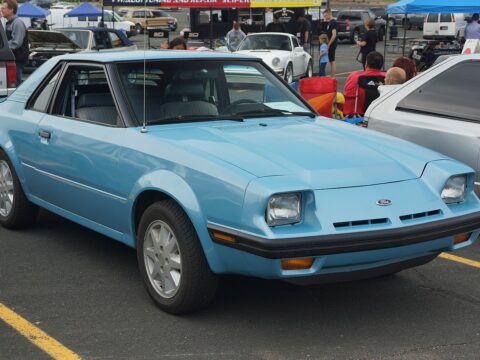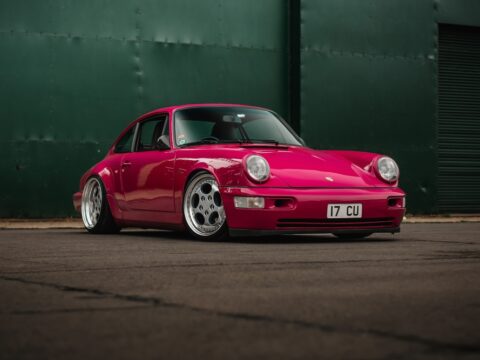When it comes to cars, power isn’t everything, but some vehicles just didn’t make the cut. These underpowered models struggled to perform on the road, often leaving drivers frustrated. From sluggish acceleration to weak engines, here are 25 cars that couldn’t quite keep up with the demands of the highway.
Contents
Ford Pinto (1971-1980)

The Ford Pinto was infamous for more than its safety concerns. Its base model came with a 1.6-liter engine producing a mere 54 horsepower, making acceleration painfully slow. Even the larger 2.3-liter engine didn’t improve much, leaving it underpowered for highway driving and struggling on inclines.
Chevrolet Chevette (1976-1987)
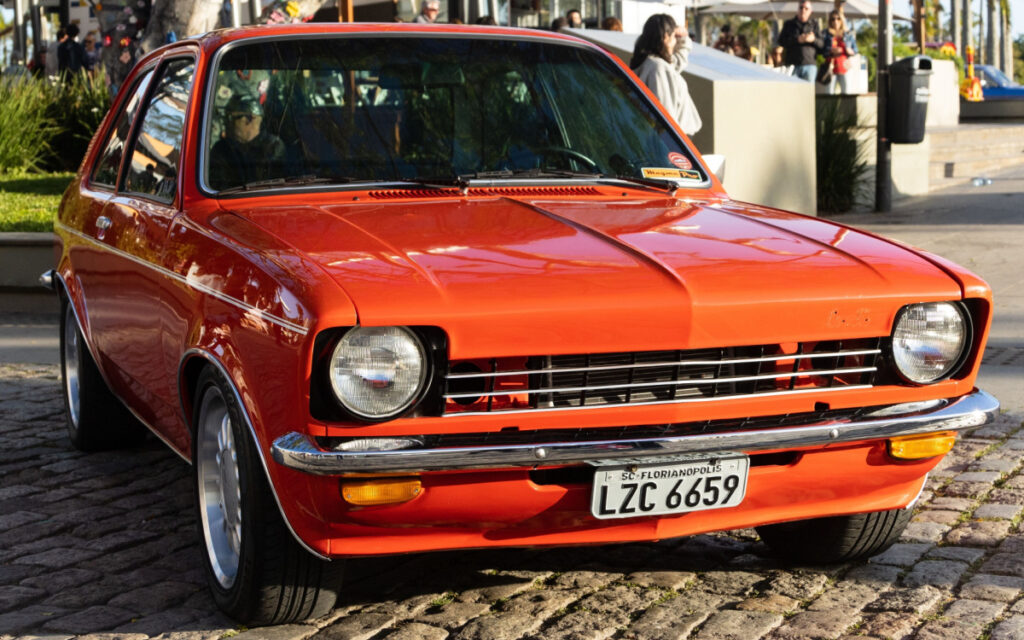
With its 1.4-liter four-cylinder engine producing around 53 horsepower, the Chevrolet Chevette was never known for its speed. Designed as an affordable economy car, its sluggish performance made it challenging for drivers who needed to merge onto highways or climb hills efficiently.
Yugo GV (1985-1992)
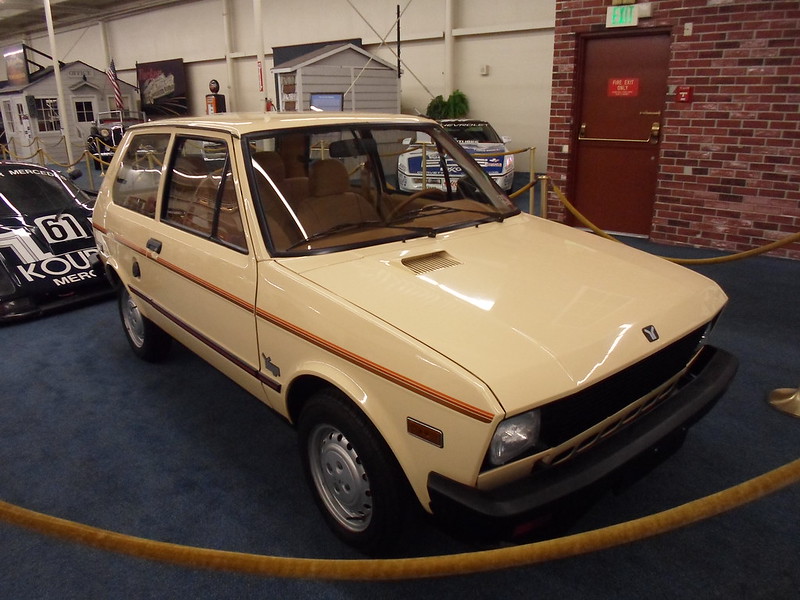
The Yugo GV was widely criticized for its poor build quality and weak performance. Equipped with a 1.1-liter engine that offered just 55 horsepower, the car struggled to keep pace with even the slowest traffic, and its lack of reliability made it a frustrating vehicle for drivers.
Ford Festiva (1986-2002)
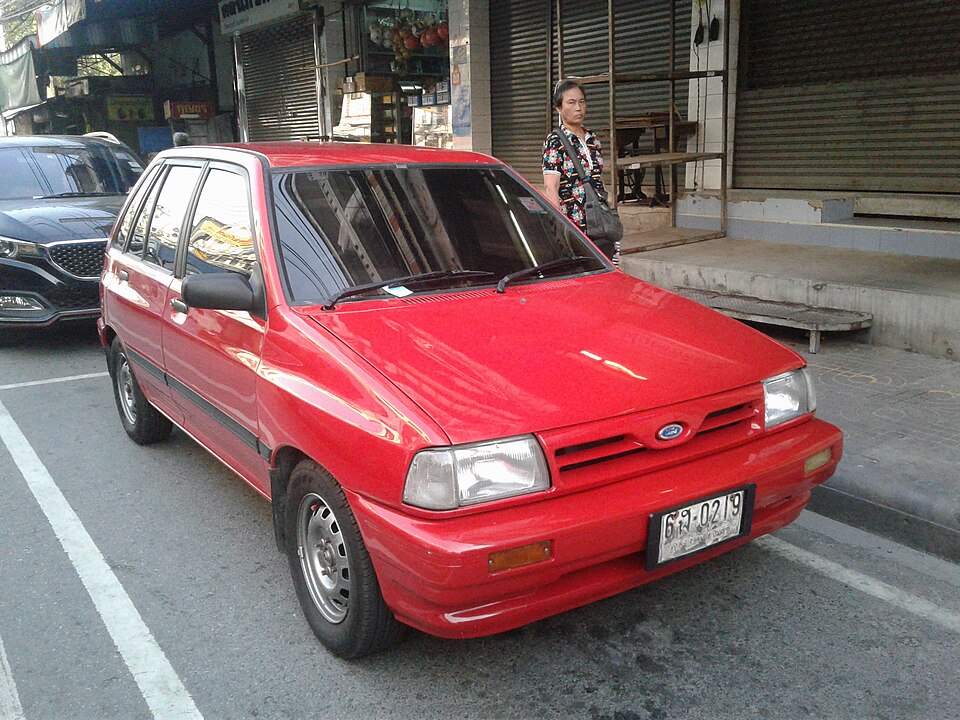
The Ford Festiva came with a 1.3-liter engine, offering around 58 horsepower, which made it one of the slower cars of its time. While it was lightweight and fuel-efficient, the lack of power made long drives feel tedious, especially on highways where it struggled to keep up.
Honda Civic CVCC (1975-1983)
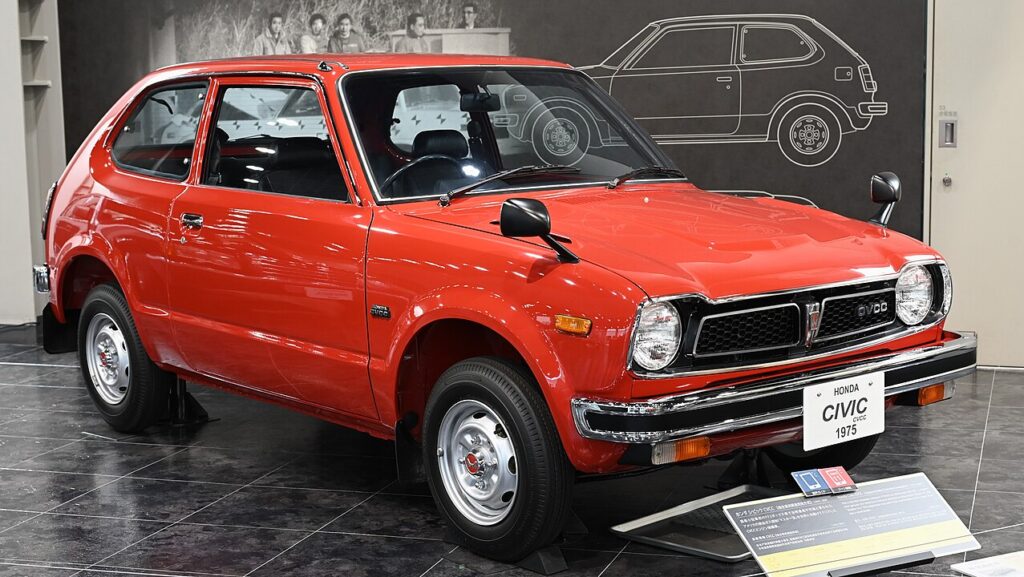
Although the Honda Civic CVCC is celebrated for its innovative emissions system, its performance left much to be desired. The 1.5-liter engine, producing about 53 horsepower, was underwhelming, particularly when it came to highway speeds and uphill climbs.
Daihatsu Charade (1977-2000)
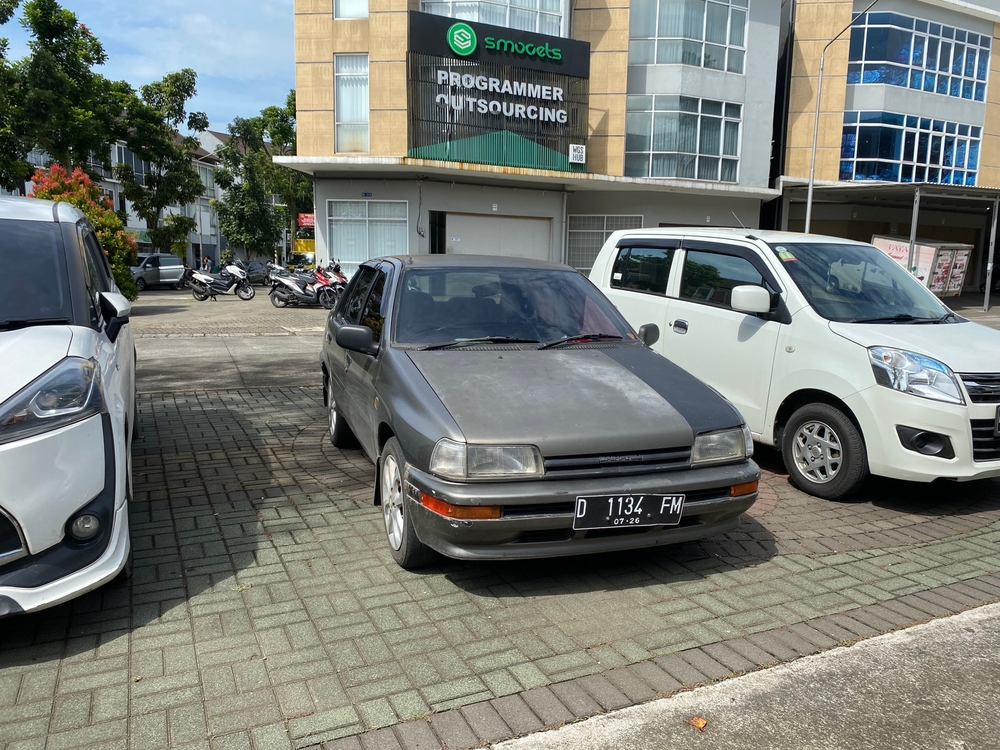
The Daihatsu Charade, especially in its earlier models, was powered by a 1.0-liter engine producing around 50 horsepower. Its small size and light frame couldn’t mask the lack of power, making it difficult to accelerate or handle steep roads, marking it as underpowered.
Volkswagen Beetle (1950s-1970s)
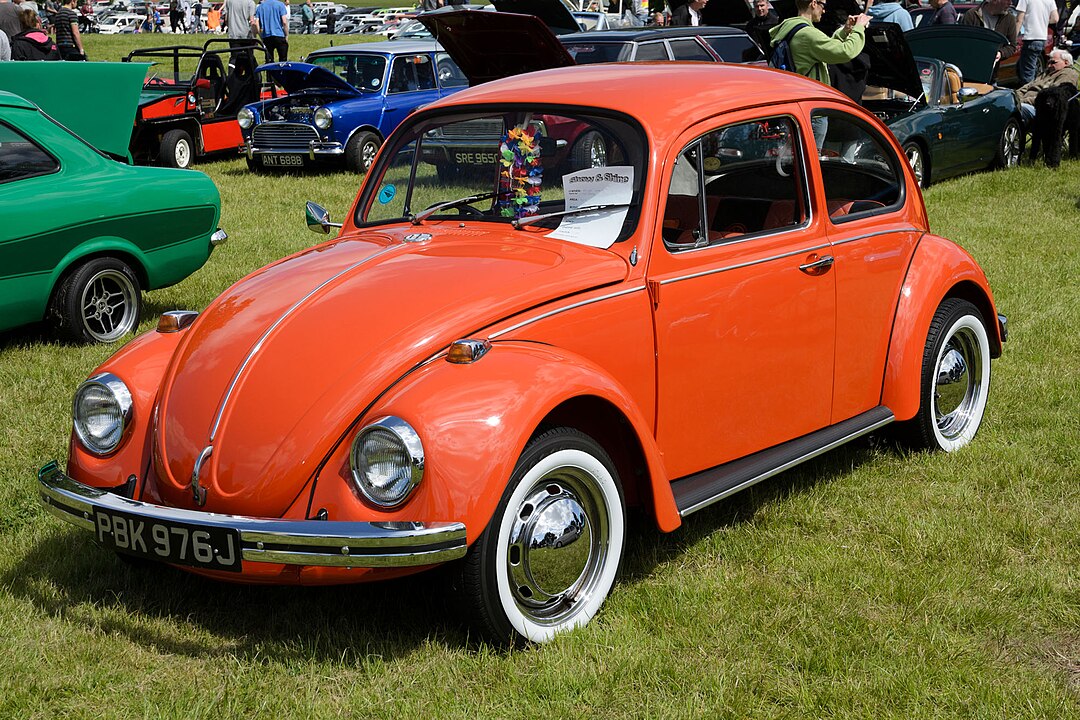
Though iconic, the classic Volkswagen Beetle struggled in the power department. Its 1.2-liter engine produced just 40 horsepower in early models, making it feel slow and sluggish, particularly when compared to modern cars. It struggled to maintain speed on highways and steep roads.
Suzuki Samurai (1985-1995)
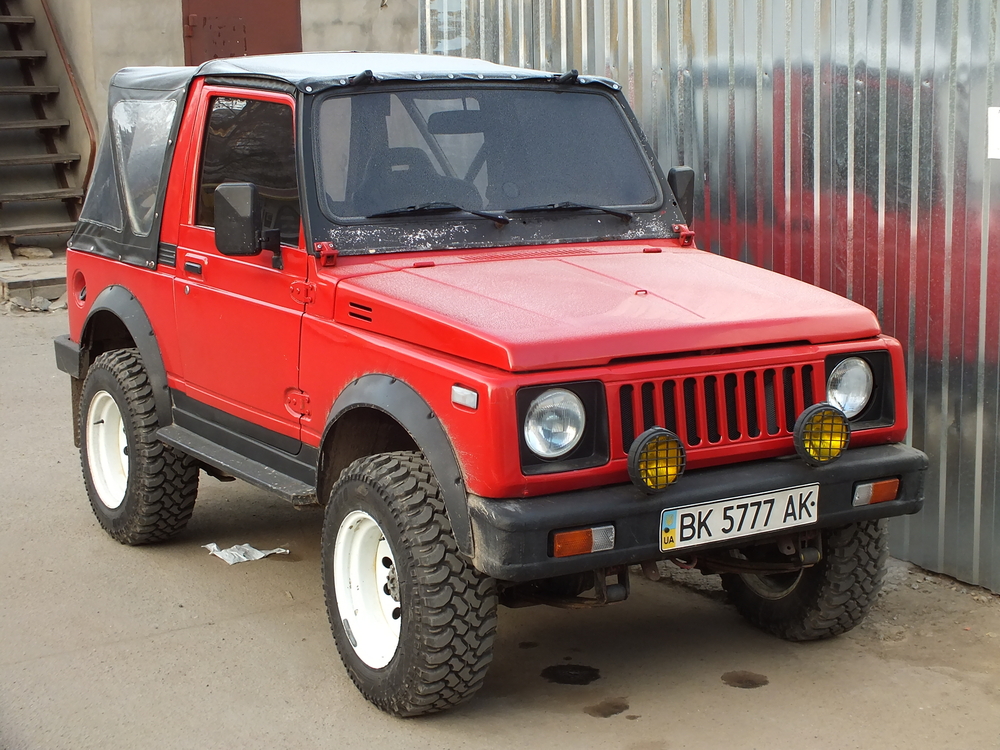
The Suzuki Samurai was designed for off-road adventures, but its 1.3-liter engine, generating only 63 horsepower, made it underpowered for regular road use. On highways, the Samurai often felt strained, particularly when trying to overtake other vehicles or manage steep grades.
Geo Metro (1989-1997)
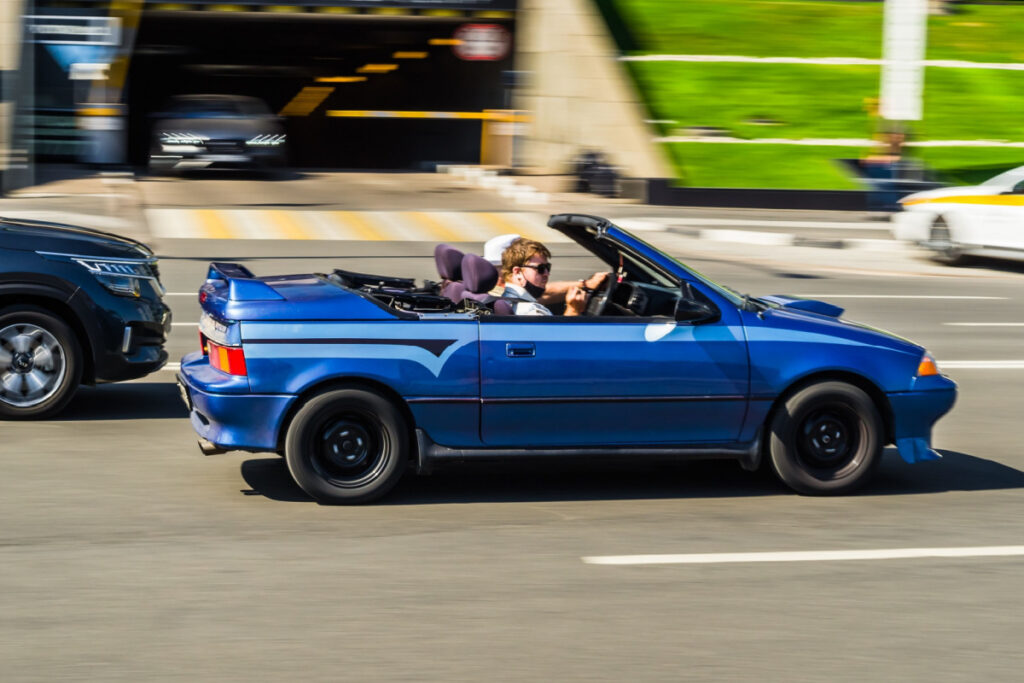
The Geo Metro was designed for fuel efficiency, but its 1.0-liter three-cylinder engine delivered just 55 horsepower. It was woefully underpowered for highway driving, making overtaking or maintaining speed difficult. While economical, its performance left drivers wanting more.
AMC Gremlin (1970-1978)
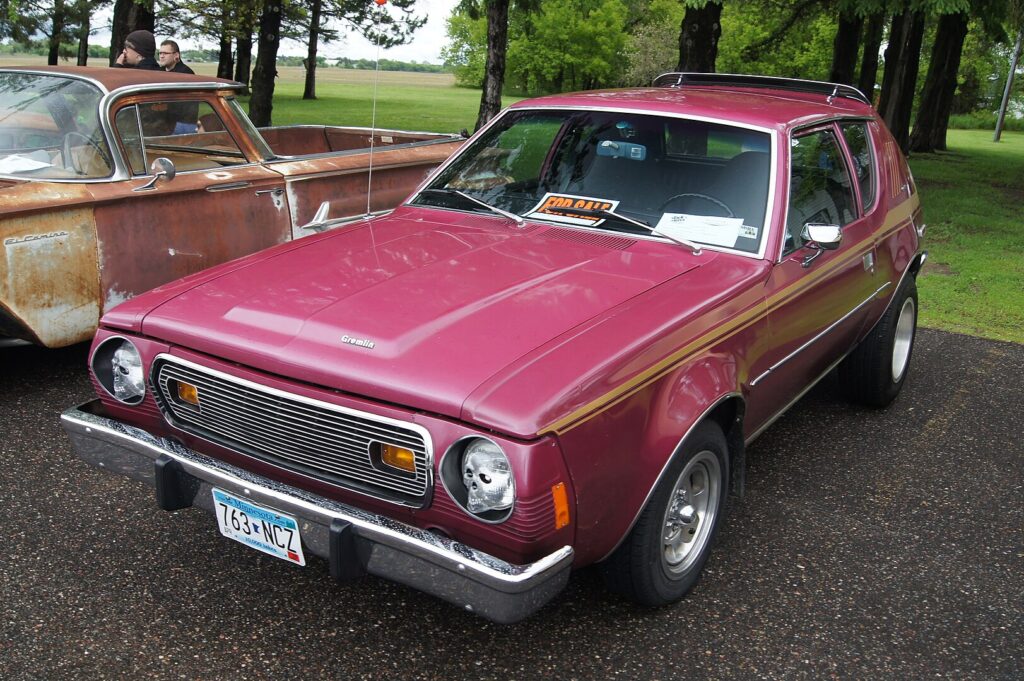
The AMC Gremlin may have had a quirky design, but it came with underwhelming performance, especially in its base models. The 3.0-liter straight-six engine produced only 128 horsepower, which didn’t match its weight, making acceleration slow and highway performance lacking.
Nissan Micra (1982-present)
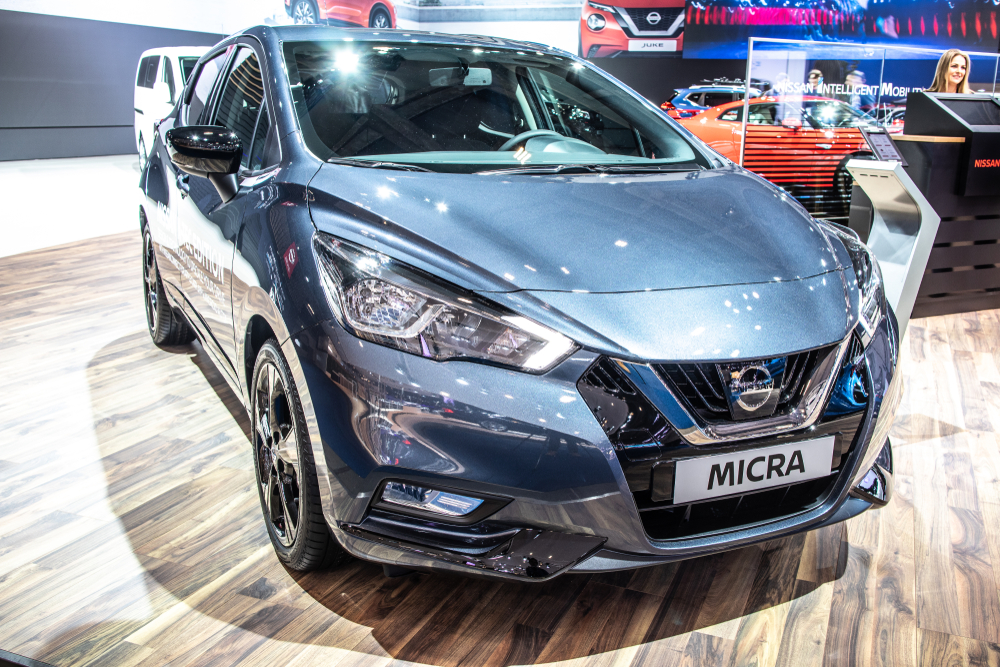
While the Nissan Micra is known for its reliability, its earlier models featured a 1.0-liter engine with just 50 horsepower. This made it underpowered for anything beyond city driving, struggling with highway speeds and making it difficult to keep pace in faster traffic.
Morris Marina (1971-1980)
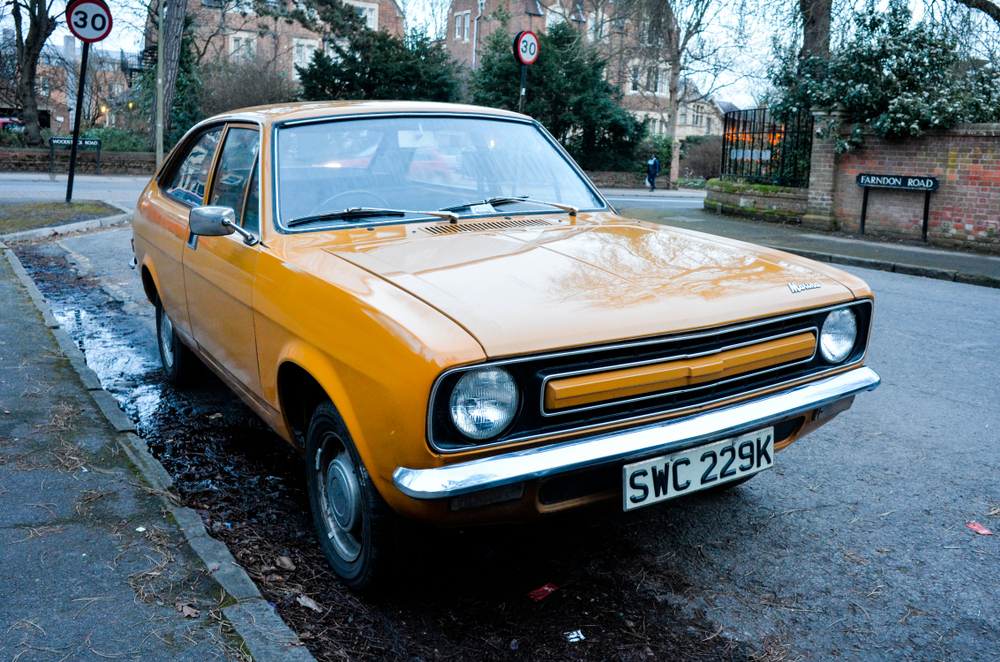
The Morris Marina was criticized for its weak performance, especially with the 1.3-liter engine option, which produced around 60 horsepower. Its sluggish acceleration and outdated design made it underwhelming in a competitive market, especially when driving in demanding conditions.
Subaru Justy (1984-1994)
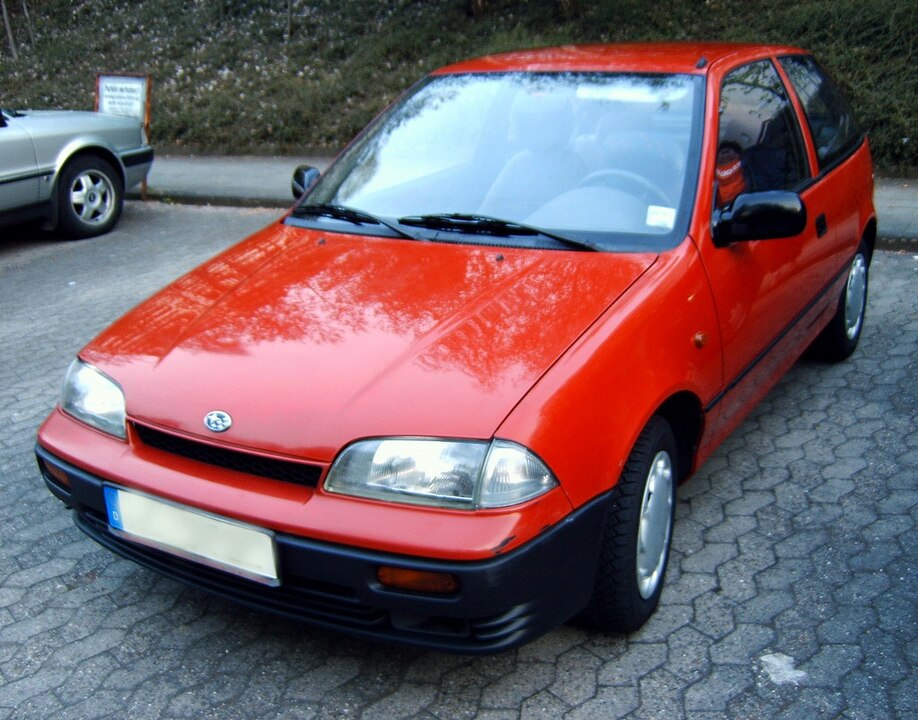
The Subaru Justy was equipped with a 1.2-liter three-cylinder engine producing about 66 horsepower. Although it was lightweight, the engine struggled to provide adequate power, making it slow on highways and sluggish when climbing hills or carrying heavier loads.
Renault Le Car (1976-1983)
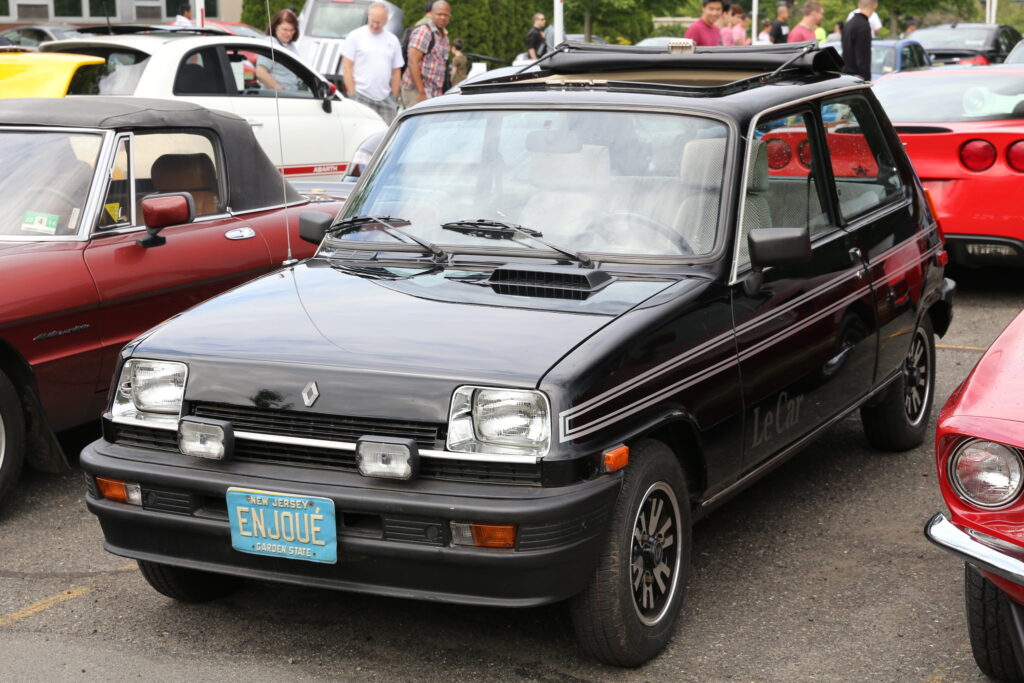
Renault’s Le Car came with a 1.3-liter engine producing 58 horsepower, making it woefully underpowered for American roads. Its slow acceleration and inability to handle highway speeds efficiently left drivers feeling frustrated, especially when trying to keep up with traffic.
Fiat 500 (1957-1975)
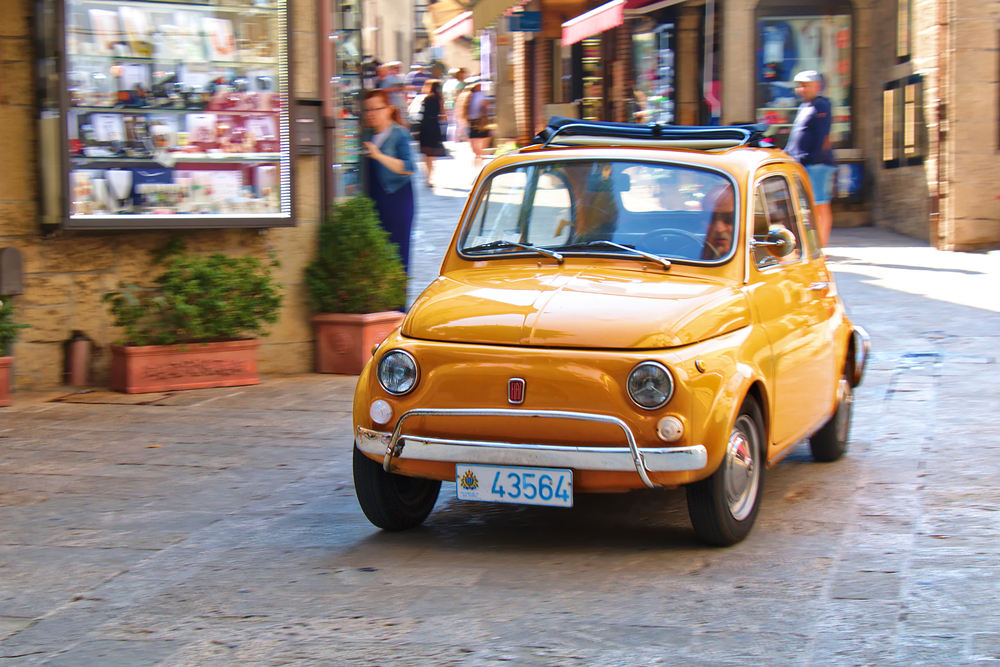
The classic Fiat 500, while beloved for its compact size, came with a tiny 479cc engine that produced just 13 horsepower in its earliest versions. This made the car laughably underpowered by modern standards, struggling to achieve decent speeds or navigate steep hills.
Chevrolet Sprint (1985-1988)
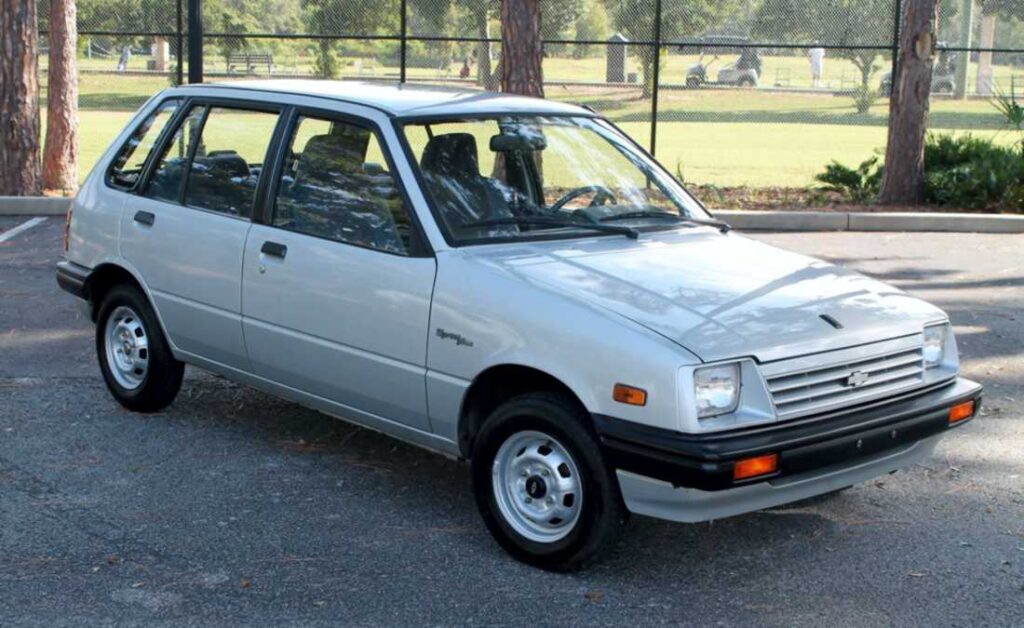
Powered by a 1.0-liter engine with 48 horsepower, the Chevrolet Sprint was a compact car designed for fuel efficiency rather than performance. While economical, it was significantly underpowered, especially on highways where it struggled to keep pace and often felt out of place.
Hyundai Excel (1985-1994)
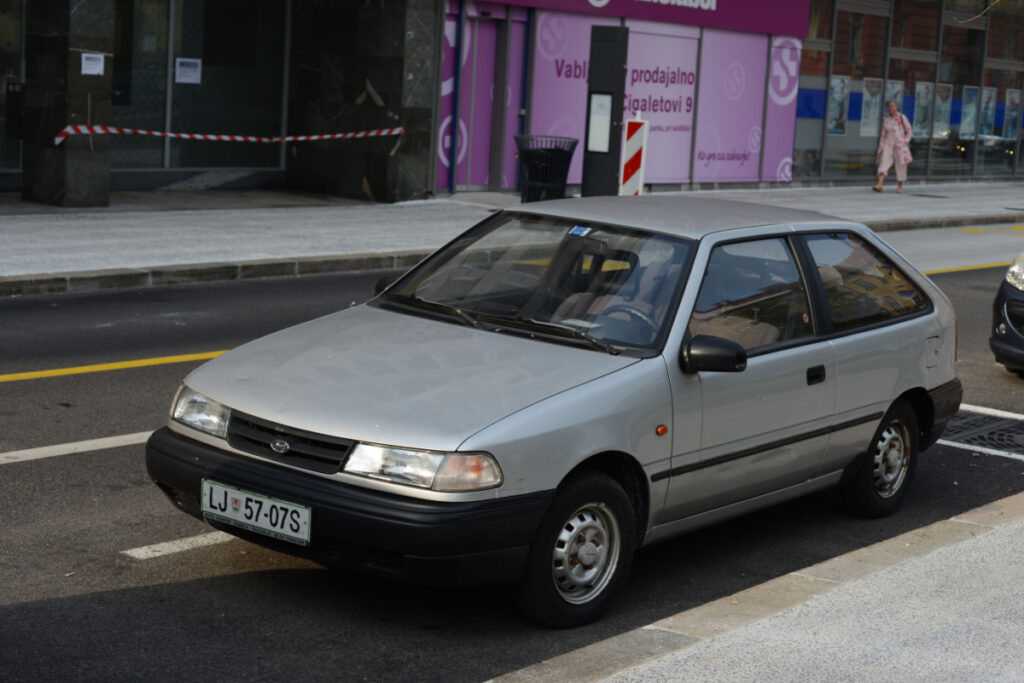
The Hyundai Excel’s base models were equipped with a 1.5-liter engine generating 68 horsepower. Despite being lightweight, it lacked acceleration and power, making it hard to keep up with highway traffic or handle more demanding road conditions.
Austin Allegro (1973-1982)
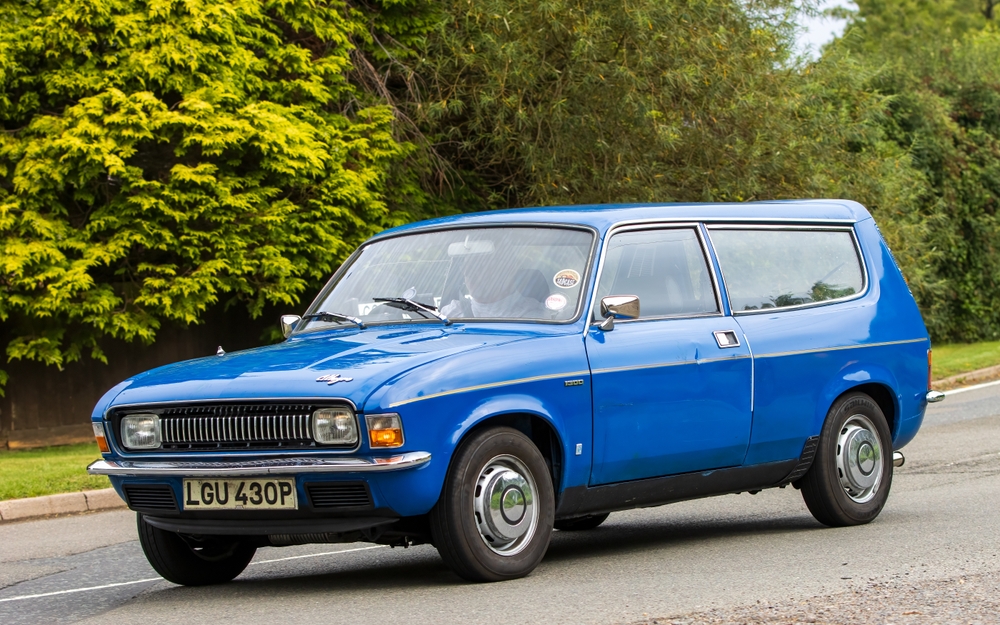
Known for its odd design, the Austin Allegro also had a lackluster performance. Its 1.1-liter engine produced around 45 horsepower, making it underpowered even for city driving. It struggled with acceleration and maintaining speed, earning a poor reputation among drivers.
Opel Kadett (1962-1991)
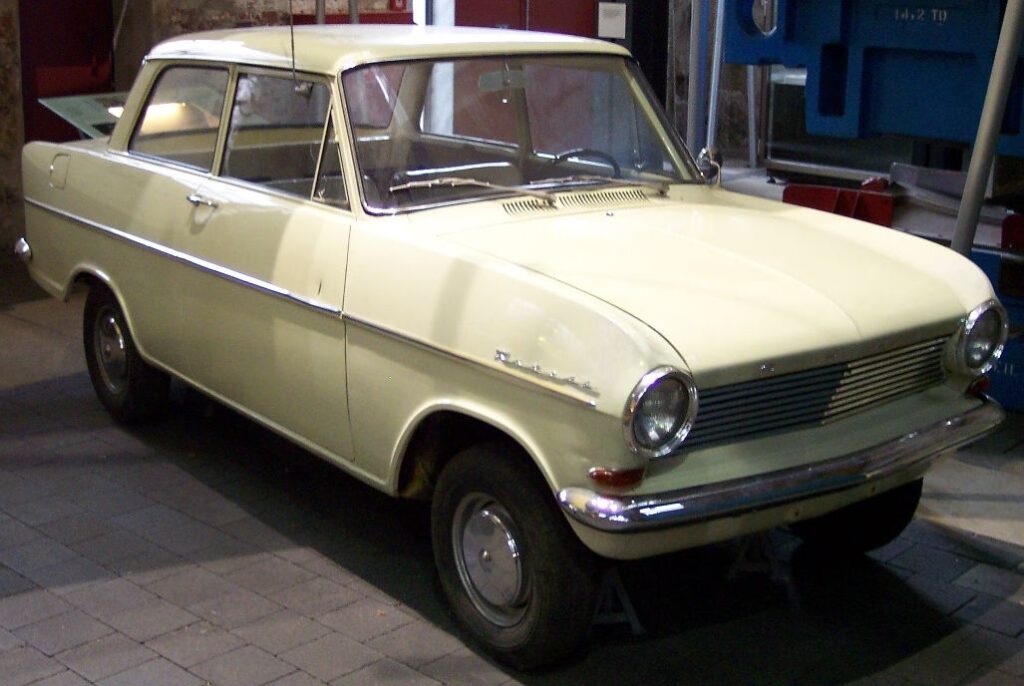
Early models of the Opel Kadett were powered by a 1.0-liter engine producing only 40 horsepower, leaving much to be desired in terms of performance. While it was efficient, the underpowered engine made the car slow to accelerate and difficult to handle on highways.
Citroën 2CV (1948-1990)
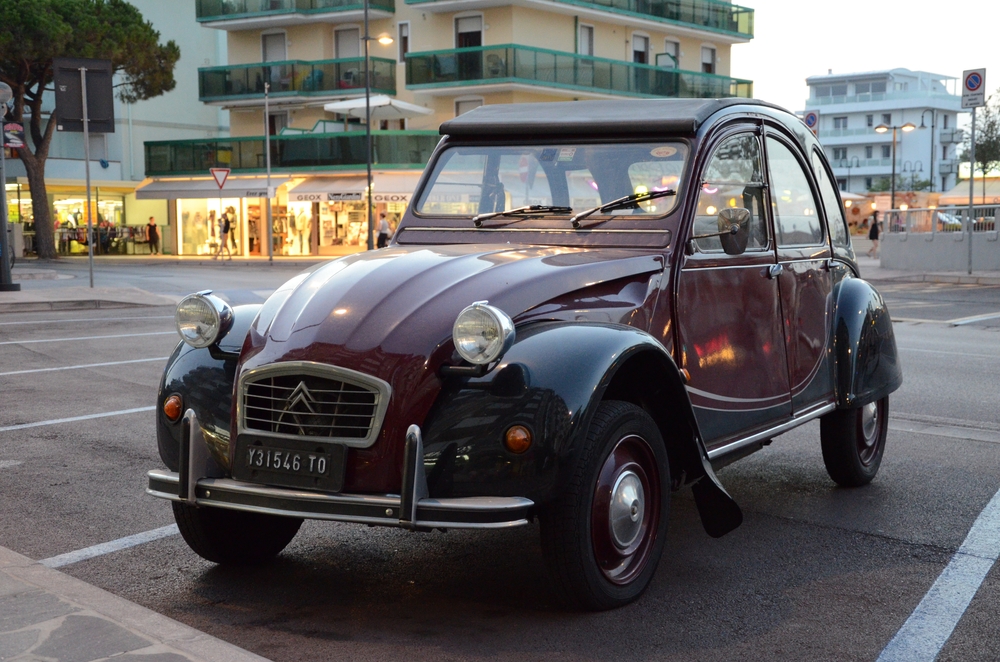
The Citroën 2CV was designed to be a low-cost vehicle for rural France, but its 375cc engine, producing just 9 horsepower in early models, made it severely underpowered. It was notoriously slow, struggling to reach highway speeds and navigate anything but flat roads.
Toyota Tercel (1978-1999)
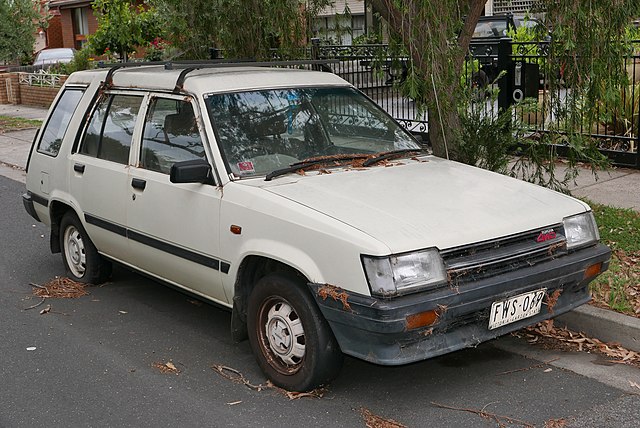
The early Toyota Tercel models were equipped with a 1.5-liter engine that delivered only 60 horsepower. While reliable and economical, its sluggish performance, particularly on highways or steep roads, left drivers desiring more power under the hood.
Peugeot 104 (1972-1988)
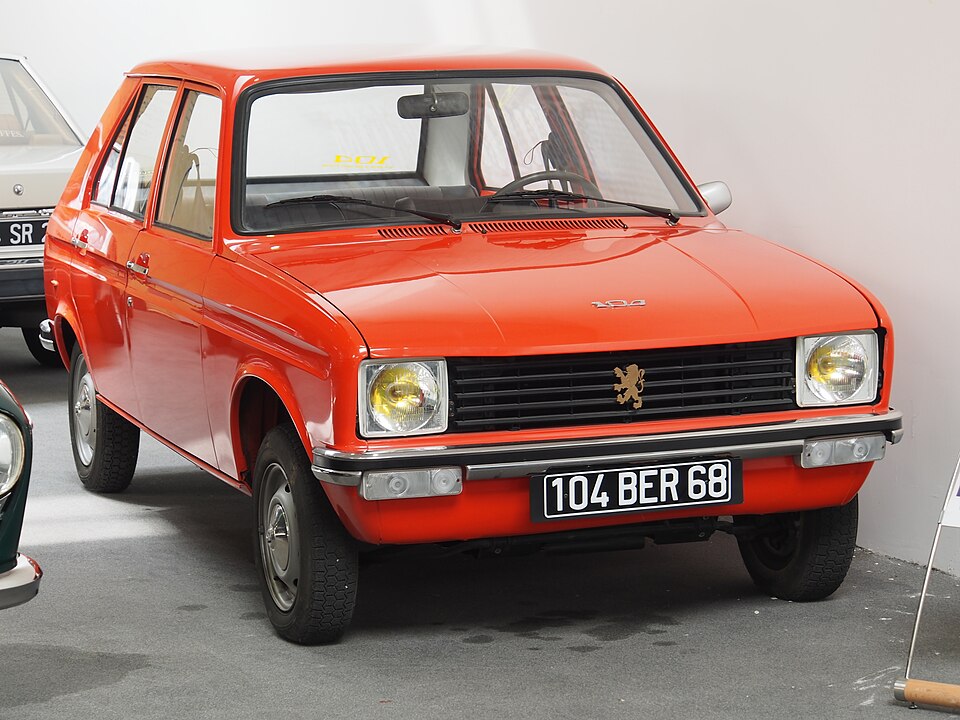
The Peugeot 104’s early models came with a 1.0-liter engine producing 45 horsepower, making it one of the least powerful cars of its time. It was slow to accelerate and struggled on highways, where its underpowered engine made overtaking or maintaining speed a challenge.
Lada Riva (1979-2012)
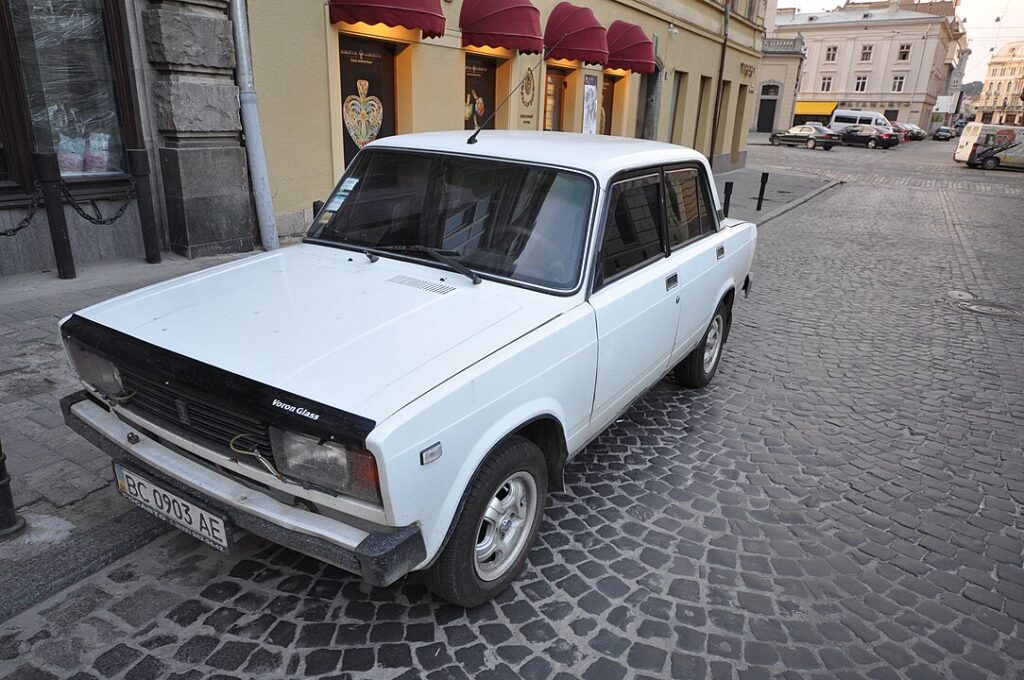
The Lada Riva, while durable, was woefully underpowered with its 1.2-liter engine generating just 58 horsepower. Its sluggish acceleration and outdated technology made it a chore to drive, particularly on highways where it struggled to keep pace with modern vehicles.
Fiat Panda (1980-present)
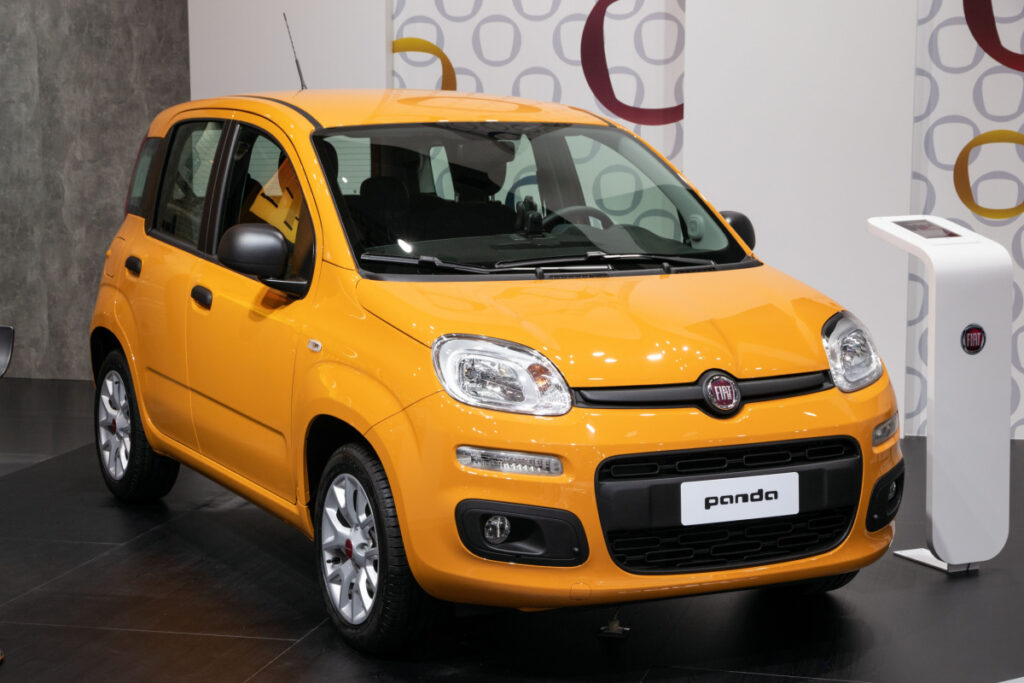
The original Fiat Panda came with a 652cc engine producing only 30 horsepower, making it severely underpowered. It was designed for urban driving, but even there, its lack of power was noticeable. On highways, it struggled to reach and maintain standard speeds.
Dodge Omni (1977-1990)
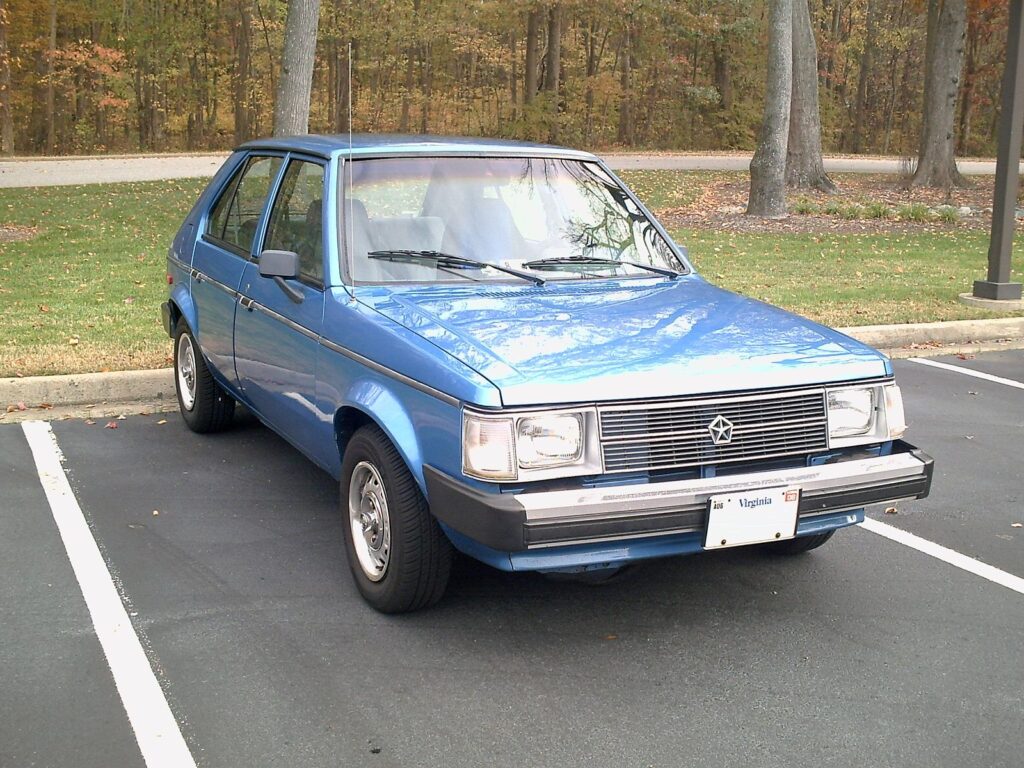
The Dodge Omni came with a 1.7-liter engine that produced around 70 horsepower, which wasn’t enough to make the car feel lively. Its sluggish acceleration and limited power made it difficult to drive on highways, often leaving it feeling underwhelming compared to its competitors.
This article originally appeared in MyCarMakesNoise.
More from MyCarMakesNoise
20 Best Value Sports Cars You Can Buy Right Now

Sports cars are often seen as high-performance machines with hefty price tags, but there are several models that offer great value without compromising on speed, handling, or style. In this article, we’ll explore some of the best value sports cars you can buy right now, highlighting models that deliver impressive performance at an affordable price. Read More
20 Key Developments in RV Comfort and Technology

RVs have evolved dramatically over the years, with key developments in comfort and technology making road travel more luxurious and convenient. Modern advancements such as smart home integration, solar power systems, and enhanced climate control allow travelers to enjoy the same amenities they would at home. Read More
20 Best-Looking Concept Cars That Never Made It to Production

Concept cars often showcase the cutting-edge designs and futuristic ideas of automakers, pushing the boundaries of what’s possible. However, not all of these stunning vehicles make it to production. In this article, we’ll take a look at some of the best-looking concept cars that, despite their incredible designs, never reached the showroom floor. Read More


